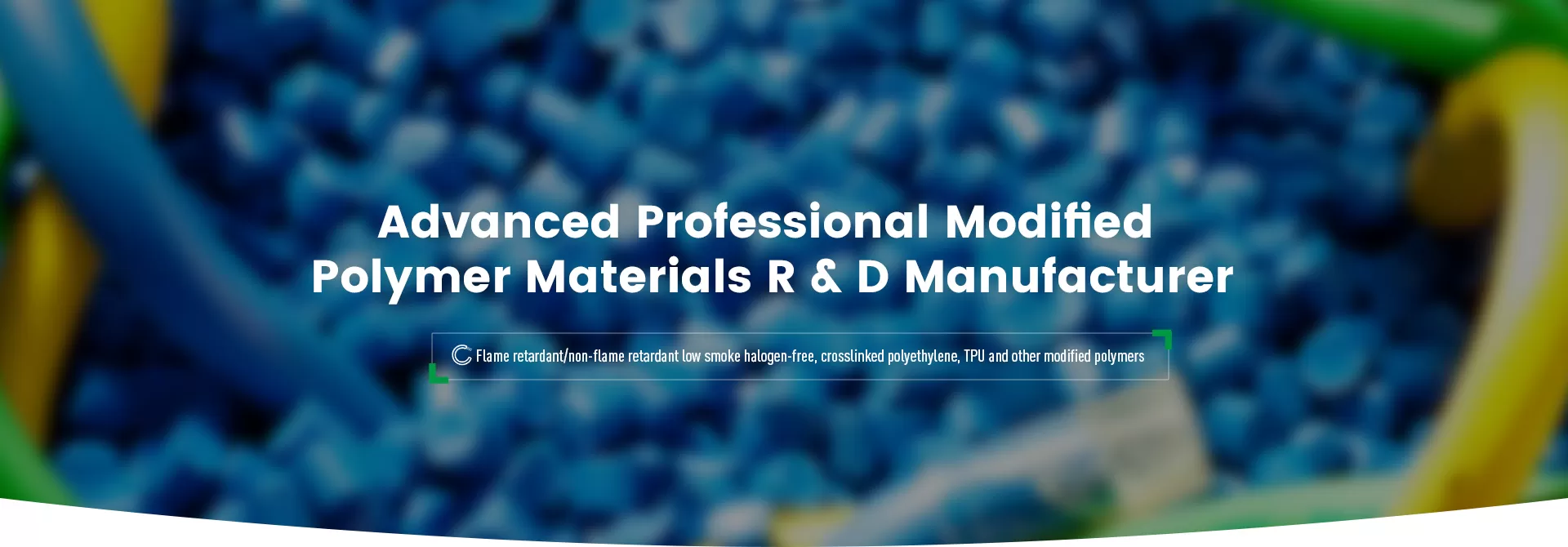
In modern electronic manufacturing and communication equipment, UL certified electronic wires are important components to ensure electrical safety and stable operation. With the growing demand for high-performance and environmentally friendly materials, traditional PVC and PE materials face limitations in temperature resistance, aging resistance and flame retardancy. Gas-phase mixed silicone is becoming an important material choice in the field of UL electronic wires due to its excellent electrical properties, thermal stability and environmental adaptability.
This article will systematically explain the physical properties, application scenarios, technical advantages of gas-phase mixed silicone and its role in the UL certification standard system, helping industry decision makers and R&D engineers optimize product performance and certification strategies.
Gas-phase mixed silicone is a Silicone Rubber composite material with high-purity fumed silica (Fumed Silica) as the main reinforcing agent, which is made by high shear mixing process. Its notable features are nano-level reinforcement structure and dispersion uniformity, which can significantly improve the mechanical strength, electrical insulation and flame retardancy of silicone rubber.
Main Technical Parameters:
| Indicators | Value range |
| Working temperature range | -60℃ to +200℃ (up to +250℃ instantaneously) |
| Tensile strength | ≥8MPa |
| Tear strength | ≥20kN/m |
| Volume resistivity | ≥1×10^15Ω·cm |
| Flame retardant grade | UL94V-0 (customizable) |
| Smoke density | Extremely low |
| Halogen content | 0 (RoHS and REACH compliant) |
UL (Underwriters Laboratories) certification is an important safety standard for electronic and electrical wires to enter the global market. UL electronic wires (such as UL3239, UL1185, UL1332, UL1571, etc.) are commonly used in power cables, signal cables, automotive wiring harnesses, medical equipment and industrial automation systems.
Its requirements for sheaths and insulation materials include:
Heat resistance: long-term tolerance to operating temperatures ranging from 90℃ to 200℃;
Flame retardancy: pass UL1581 VW-1 or UL 94 V-0 test;
Electrical insulation: ensure no breakdown under high voltage;
Environmental compliance: halogen-free, low smoke, non-toxic;
Anti-aging and weather resistance: long-term stable operation, no cracks and performance degradation.
The upper limit of heat resistance of gas-phase mixed silicone can reach 250°C, which meets the application requirements of high-voltage and high-temperature standards such as UL3239, and is suitable for high-end switching power supplies, industrial heating systems and other electronic equipment.
In cold regions such as North America and Europe, traditional PVC materials are easy to harden and break at low temperatures, while silicone remains flexible at -60°C, which is suitable for low-temperature application scenarios of electronic soft wires such as UL1571.
Thanks to its extremely low dielectric constant and good shielding performance, gas-phase mixed silicone is often used in UL-type signal line sheaths that require high-frequency transmission stability and low interference.
The gas-phase silicone material meets the FDA/ISO 10993 certification requirements, has the characteristics of non-toxicity, disinfection resistance, and corrosion resistance, and is widely used in medical electronic cables and internal connecting wires of surgical instruments.
The volume resistivity of gas-phase mixed silicone can reach 10^15Ω·cm, which effectively prevents current leakage and insulation breakdown, and meets the safe operation requirements of high-voltage UL electronic wires.
By adding halogen-free and environmentally friendly flame retardants, the UL 94 V-0 flame retardancy rating can be achieved, and at the same time, it meets the UL1581 VW-1 vertical burning non-drip test requirements, improving the overall fire protection level of the cable.
Under long-term heat exposure at 180℃, the performance degradation is minimal; the sheath is prevented from cracking, sticking or falling off, and the service life of the UL electronic wire is guaranteed to be 5~10 years.
It does not contain harmful substances such as chlorine, bromine, cadmium, lead, etc., and complies with international environmental regulations such as RoHS, REACH and California Proposition 65, and is suitable for closed environments with extremely high requirements for smoke toxicity.
Vapor-phase mixed silicone has good thermal stability and extrusion molding consistency. It can run stably on ordinary silicone extrusion production lines and support the industrial production of large quantities of UL electronic wires.
According to data released by Global Market Insights, the global silicone cable market is expected to exceed US$1.5 billion by 2028, with a compound growth rate of more than 7%. Among them, UL-certified electronic wires are the key application direction, and the demand for high-performance silicone materials continues to grow.
China, Japan, Germany, the United States and other countries have gradually increased their technical investment and product introduction in the field of high-end cable manufacturing, especially in cutting-edge fields such as new energy vehicles, 5G base stations, and medical equipment.
With its excellent electrical insulation, flame retardancy and environmental protection properties, vapor-phase mixed silicone is becoming an indispensable material solution for UL electronic wires. Whether in high temperature, high pressure or complex signal transmission environments, vapor-phase silicone shows leading comprehensive performance and market adaptability.
For electronic wire manufacturers, choosing high-performance materials that meet UL certification requirements is an important step to ensure product quality, safety and global compliance. In the future, vapor-phase compounded silicone will continue to push UL electronic wire technology toward higher standards.